- No products in the cart.
Table Levolet p p / v 750mg film 10 pcs
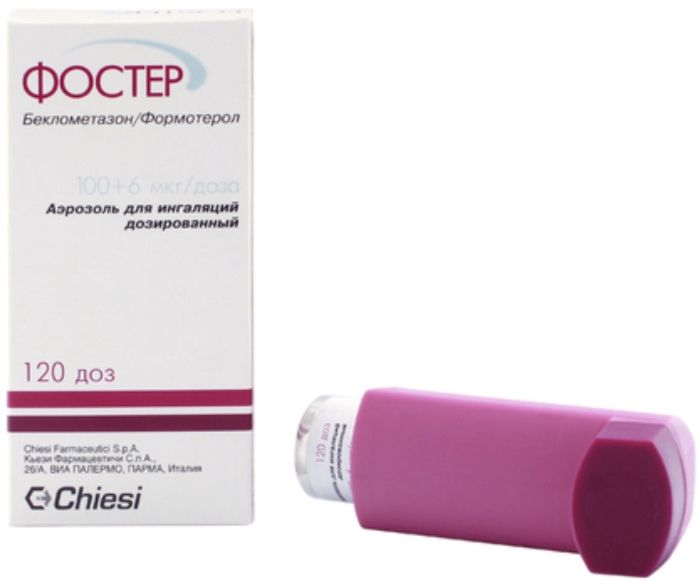
Foster spray ing. scrapper. 6mkg + 0.1mg / dose 120doz
$50.90
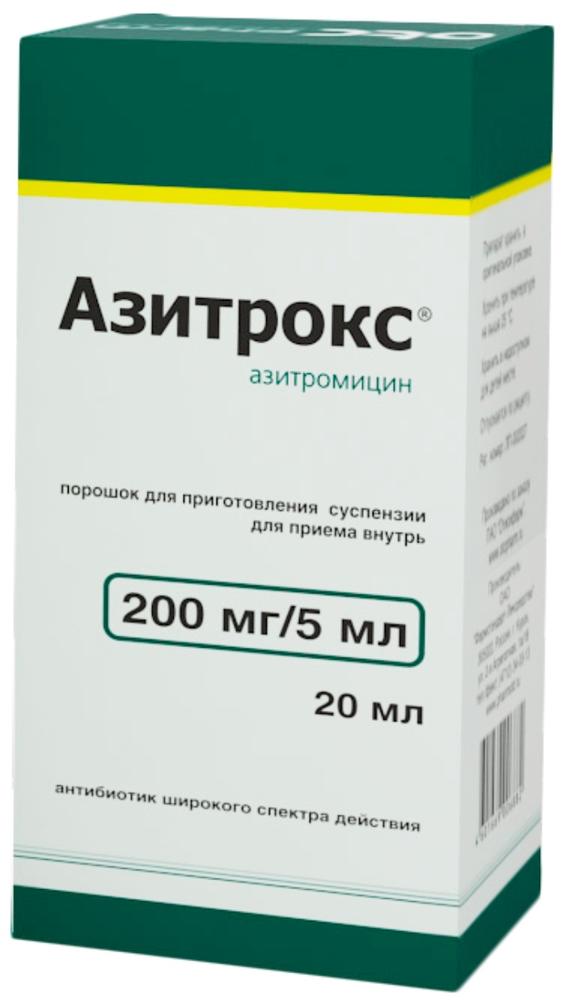
Azitroks prig.susp.dlya powder for oral 200mg / 5ml vial 15.9g one piece with the measuring spoon and a pipette
$7.09
$12.19
Table Levolet p p / v 750mg film 10 pcs
SKU: 105415409 Categories: Antibacterial, Antibiotics, antimicrobial, antiparasitic, Medicaments Tags: DR.REDDIS, levofloxacin
Description
Composition
Active substance:
Levofloxacin hemihydrate 768.7 mg, equivalent to 750 mg of levofloxacin.
Excipients:
Microcrystalline cellulose (Avicel PH 101) 76 mg corn starch 75.3 mg colloidal silica 15 mg, 64 mg crospovidone, hypromellose (15 cps) 21 mg microcrystalline cellulose (Avicel PH 102) 90 mg Magnesium stearate 15 mg;
film coating: Opadry White OY 58900 (hypromellose 5 cP 62,5%, titanium dioxide (E171) 31,25% macrogol 400, 6.25%) 28 mg.
Description:
White or almost white, kapsulovidnye, biconvex tablets, film-coated.
Product form:
Tablets, film-coated, 750 mg.
10 tablets in PVC / aluminum blister. 1 blister together with instructions for use in a cardboard pack.
Contraindications
– Increased sensitivity to levofloxacin, other quinolones or other components of the formulation;
– renal dysfunction (with CC less than 20 ml / min due to the inability of the drug dosage forms);
– epilepsy;
– the defeat tendons at the earlier treatment with fluoroquinolones;
– gravis (myasthenia gravis);
– child and adolescence to 18 years (due to incomplete growth of the skeleton, as it is impossible to completely eliminate the risk of cartilage growth points);
– Pregnancy and lactation (lactation).
Carefully:
– In diseases of the central nervous system (CNS), including suspicious regarding CNS involvement predisposing to convulsions and lowering seizure threshold of the brain activity;
– in patients concomitantly receiving drugs that reduce the seizure threshold of the head, brain readiness (see “Interaction with other medicinal products”). ‘
– in patients with psychoses and mental health history;
– in patients with latent or manifest deficiency of glucose-6-phosphate dehydrogenase (increased risk of hemolytic reactions in the treatment of quinolones);
– in patients with impaired renal function in QA 20-50 ml / min (requires mandatory control of renal function, and correction dosing regimen, see “Dosing and dose.”);
– in patients with known risk factors for prolongation of the interval QT: elderly patients; in female patients; patients with uncorrected electrolyte disturbances (with hypokalemia, hypomagnesemia); syndrome of congenital lengthening the interval QT; cardiac diseases (cardiac insufficiency, myocardial infarction, bradycardia); while taking drugs capable to lengthen the interval QT (see “Interaction with other drugs.”);
– in patients with diabetes treated with oral hypoglycemic (e.g. glibenclamide) or insulin (increasing the risk of hypoglycemia);
– patients with severe adverse reactions to other fluoroquinolones such as severe neurological reaction (similar to an increased risk of adverse reactions when applying levofloxacin).
Dosage
750 mg
Indications
Infectious-inflammatory diseases caused by microorganisms susceptible to levofloxacin:
– Acute bacterial sinusitis;
– community-acquired pneumonia;
– complicated with urinary tract infections (including pyelonephritis);
– infections of the skin and soft tissues (complications).
Interaction with other drugs
Levofloxacin increases the half-life of cyclosporin.
Completeness suction levofloxacin reduce drugs that inhibit intestinal motility: sucralfate, antacid medicaments containing salts of aluminum and magnesium, didanosine (only formulations containing as buffer aluminum or magnesium) as well as preparations containing iron salts. Calcium salts have a minimal effect on the absorption of levofloxacin when taken orally. Levofloxacin should take no less than 2 hours before or 2 hours after administration thereof. Nonsteroidal anti-inflammatory drugs (fenbufen) and theophylline while the use of fluoroquinolones reduce the seizure threshold of the brain availability. Cimetidine and drugs that block tubular secretion, slow excretion of levofloxacin. In an application with indirect anticoagulants, coumarin derivatives, requires monitoring of the international normalized ratio.
Perhaps lengthening QT interval, while the application of levofloxacin with the following preparations: – antiarrhythmic IA (quinidine, procainamide, gidrohinidin, disopyramide, etc.) And III (amiodarone, sotalol, dofetidil, ibutilide and others) classes; – tricyclic antidepressants; – antipsychotics (phenothiazine, pimozide, sertindole, haloperidol, sultopride, etc.); – antimicrobials (sparfloxacin; macrolides; pentamidine, halofantrine and other antimalarials); – antihistamines (astemizole, terfenadine, mizolastine, ebastine); – others (cisapride, vincamine IV, bepridil, difemanil).
While the use of corticosteroids increases the risk of tendinitis and tendon rupture. Hypoglycemic drugs increase the likelihood of hyper- and hypoglycemia, therefore requires strict monitoring of blood glucose levels.
Conducted clinical and pharmacological studies to investigate possible pharmacokinetic interactions of levofloxacin with digoxin, glibenclamide, ranitidine and warfarin showed that the pharmacokinetics of levofloxacin, while the use of these drugs has not changed sufficiently that it had clinical significance.
Overdose
Symptoms: confusion, dizziness, impairment of consciousness, seizures of epipripadkov type; nausea, erosive lesions of the mucous membrane of the gastrointestinal tract; lengthening the interval QT, hallucinations, tremors.
Treatment: symptomatic, dialysis (hemodialysis, peritoneal dialysis, continuous peritoneal dialysis) is ineffective. There is no specific antidote. ECG monitoring is required. In the case of acute overdose shown gastric lavage and administering antacid to protect the gastric mucosa.
pharmachologic effect
Pharmacological group:
antimicrobial – fluoroquinolone.
Pharmacodynamics:
Levofloxacin – synthetic antibacterial bactericidal broad spectrum of action of the fluoroquinolones, is levorotatory isomer of ofloxacin. Blocks of DNA gyrase (topoisomerase II) and topoisomerase IV, and crosslinking gives supercoiling of DNA breaks, inhibits DNA synthesis, causes profound morphological change in the cytoplasm, the cell wall and membranes of the microbial cells.
Levofloxacin is active against most strains of microorganisms in conditions in vitro, and in vivo.
Invitro
Sensitive organisms (minimum inhibitory concentration less than or equal to 2 mg / ml):
Aerobic gram-positive microorganisms: Corynebacterium diphtheriae, Corynebacterium jeikeium, Enterococcus spp. (Including Enterococcus faecalis), Listeria monocytogenes, Staphylococcus coagulase-negative methi-S / I (methicillin-sensitive / -umerenno sensitive), Staphylococcus aureus methi-S (methicillin sensitive), Staphylococcus epidermidis methi-S (methicillin-sensitive ), Staphylococcus spp. (Leykotoksinsoderzhaschie), Streptococci Group C and G, Streptococcus agalactiae, Streptococcus pneumoniae peni-S / I / R (penicillin sensitive / -umerenno sensitive / -rezistentnye), Streptococcus pyogenes, Viridans streptococci peni-S / R (penicillin sensitive / -rezistentnye).
Aerobic gram-negative microorganisms: Acinetobacter spp. (Including Acinetobacter baumannii), Actinobacillus actinomycetemcomitans, Citrobacter freundii, Eikenella corrodens, Enterobacter aerogenes, Enterobacter spp. (Including Enterobacter cloacae), Escherichia coli, Gardnerella vaginalis, Haemophilus ducreyi, Haemophilus influenza ampi-S / R (ampicillin-sensitive / -rezistentnye), Haemophilus parainfluenzae, Helicobacter pylori, Klebsiella spp. (Including Klebsiella oxytoca, Klebsiella pneumoniae), Moraxella catarrhalis beta + / beta- (produtsiruyuschiei not producing beta-lactamase), Morganella morganii, Neisseria gonorrhoeae, Neisseria meningitidis, Pasteurella spp. (Including Pasteurella canis, Pasteurella dagmatis, Pasteurella multocida), Proteus mirabilis, Proteus vulgaris, Providencia spp. (Including Providencia rettgeri, Providencia stuartii), Pseudomonas spp. (Including chislePseudomonas aeruginosa), Salmonella spp., Serratia spp. (Including Serratia marcescens).
Anaerobic microorganisms: Bacteroides fragilis, Bifidobacterium spp, Clostridium perfringens, Fusobacterium spp, Peptostreptococcus spp, Propionibacterium spp, Veillonella spp…..
Other microorganisms: Bartonella spp, Chlamydia pneumoniae, Chlamydia psittaci, Chlamydia trachomatis, Legionella spp.. (Including Legionella pneumophila), Mycobacterium spp. (Including Mycobacterium leprae, Mycobacterium tuberculosis), Mycoplasma hominis, Mycoplasma pneumoniae, Rickettsia spp., Ureaplasma urealyticum.
Moderately sensitive microorganisms (the minimum inhibitory concentration of 4 mg / l):
Aerobic gram-positive microorganisms: Corynebacterium urealyticum, Corynebacterium xerosis, Enterococcus faecium, Staphylococcus epidermidis methi-R (methicillin-resistant), Staphylococcus haemolyticus methi-R (methicillin-resistant).
Aerobic gram-negative bacteria: Campylobacter jejuni / coli.
Anaerobic microorganisms: Prevotellaspp, Porphyromonasspp..
Resistant bacteria (the minimum inhibitory concentration greater than or equal to 8 mg / l):
Aerobic gram-positive bacteria: Staphylococcus aureus methi-R (methicillin-resistant), Staphylococcus coagulase-negative methi-R (methicillin-resistant).
Aerobic gram-negative microorganisms: Alcaligenes xylosoxidans.
Anaerobic microorganisms: Bacteroidesthetaiotaomicron.
Other micro-organisms: Mycobacterium avium.
resistance
Levofloxacin resistance develops as a result of gene mutation process phase encoding both types of topoisomerase II: DNA gyrase and topoisomerase IV. Other resistance mechanisms such as a mechanism to effect a penetration barriers microbial cells (characteristic Pseudomonasaeruginosa) efflux mechanism and may also reduce the sensitivity of the microorganism to levofloxacin. Due to the nature of the mechanism of action of levofloxacin is usually not observed cross-resistance between levofloxacin and other antimicrobial agents.
The clinical effectiveness (effectiveness in clinical trials for the treatment of infections caused by microorganisms listed below) – Aerobic Gram-positive bacteria: Enterococcus faecalis, Staphylococcus aureus, Streptococcus pneumoniae, Streptococcus pyogenes. – Aerobic Gram-negative microorganisms: Citrobacter freundii, Enterobacter cloacae, Escherichia coli, Haemophilus influenzae, Haemophilus parainfluenzae, Klebsiella pneumoniae, Moraxella (Branhamella) catarrhalis, Morganella morganii, Proteus mirabilis, Pseudomonas aeruginosa, Serratia marcescens. – Other: Chlamydia pneumoniae, Legionella pneumophila, Mycoplasma pneumoniae.
Pharmacokinetics:
Levofloxacin ingestion quickly and almost completely absorbed (eating little effect on the speed and completeness of absorption). Bioavailability – 99%. The time to reach maximum concentration (TSmah) – 1-2 hours; when receiving 750 mg of the average value of the maximum concentration (Cmax) is 8.0 ug / ml. Communication with plasma proteins – 30-40%. It penetrates the tissues and organs: lungs, bronchial mucosa, sputum, organs of the urogenital system, polymorphonuclear leukocytes, alveolar macrophages. The mean volume of distribution (Vd) of levofloxacin is from 83 to 100 liters (after single and repeated oral administration in a dose of 750 mg). In the liver, a small part of the oxidized and / or deacetylated. Excreted mainly by the kidneys by glomerular filtration and tubular secretion. The half-life (T1 / 2) – 6-8 hours after a single oral administration at a dose of 750 mg T1 / 2 -.. 7.5 ± 0.9 h Renal clearance was 70% of the total clearance. Less than 5% is excreted in the form levofloxacin metabolites. In urine per period of 24 hours is found in unmodified form – 70%, and 48 hours – 87% of an oral dose. The feces for a period of 72 hours revealed 4% of an oral dose. In renal insufficiency, decrease drug clearance and renal excretion depends on the degree of decrease of creatinine clearance (CC).
Not excreted by hemodialysis and chronic ambulatory peritoneal dialysis.
Pregnancy and breast-feeding
Levofloxacin is contraindicated in pregnancy and during breastfeeding.
Conditions of supply of pharmacies
On prescription.
side effects
The frequency of possible adverse drug reactions and / or undesired phenomena is described according to the following gradation: very frequent (> 1/10); frequent (1/10 – 1/100); infrequent (1/100 – 1/1000); Rare (1/1000 – 1/10000); very rare (
Violations of the heart: the rare – sinus tachycardia, decreased blood pressure, palpitations; frequency is unknown (post-marketing data) – lengthening the interval QT, ventricular arrhythmias, ventricular tachycardia, ventricular tachycardia type “pirouette” that can lead to cardiac arrest.
Blood disorders and lymphatic system: Infrequent – leukopenia, eosinophilia; rare – neutropenia, thrombocytopenia; frequency is unknown (post-marketing data) – pancytopenia, agranulocytosis, hemolytic anemia.
Disorders of the nervous system: often – headache, dizziness; infrequent – drowsiness, tremor, dysgeusia (taste perversion); rare – paresthesia, convulsions; frequency is unknown (post-marketing data) – peripheral sensory neuropathy, peripheral sensory-motor neuropathy, dyskinesia, extrapyramidal disorders, loss of taste, parosmiya (disorder sensations of smell, particularly subjective sense of smell, objectively absent), including loss of smell, syncope, benign intracranial hypertension .
Violations by the organ of vision: very rare – visual disturbances such as blurred visible image; unknown frequency – transient vision loss, uveitis.
Violations by the organ of hearing and labyrinth disorders: rare – vertigo (a feeling of rejection or whirling own body or surrounding objects); rare – ringing in the ears; frequency is unknown (post-marketing data) – hearing loss, hearing loss.
Violations of the respiratory system, thorax and mediastinum: infrequent – shortness of breath; frequency is unknown (post-marketing data) – bronchospasm, allergic pneumonitis.
Disorders of the gastrointestinal tract: often – nausea, vomiting, diarrhea; Infrequent – abdominal pain, dyspepsia, flatulence, constipation; frequency is unknown (post-marketing data) – hemorrhagic diarrhea, which in very rare cases, it may be a sign of enterocolitis, including pseudomembranous colitis, pancreatitis.
Violations by the kidneys and urinary tract: rare – increased creatinine concentration in blood serum; rare – acute renal failure (e.g., due to the development of interstitial nephritis).
Violations of the skin and subcutaneous tissue disorders: rare – rash, itching, hives, rash; frequency is unknown (post-marketing data) – epidermal necrolysis toxic (Lyell’s syndrome), Stevens-Johnson syndrome, exudative erythema multiforme, photosensitivity reactions (hypersensitivity to sunlight and UV radiation), leukocytoclastic vasculitis, stomatitis. The reactions of the skin and mucous membranes can sometimes develop even after the first dose.
Violations by musculoskeletal and connective tissue disorders: Infrequent – arthralgia, myalgia; rare – tendon damage, including tendonitis (eg Achilles tendon), muscle weakness, which can be particularly dangerous in patients with gravis (myasthenia gravis); frequency is unknown (post-marketing data) – rhabdomyolysis, tendon rupture (for example, the Achilles tendon), this side effect can be observed within 48 hours after initiation of treatment and can carry sided character; torn ligaments, muscles gap arthritis.
Violations by the Metabolism and nutrition: infrequent – anorexia; rare – hypoglycemia, particularly in patients with diabetes (possible signs of hypoglycemia, “wolf” appetite, nervousness, sweating, tremor); unknown frequency – hyperglycemia, hypoglycemic coma.
Infectious and parasitic diseases: infrequent – fungal infections, the development of resistance of pathogens.
General Disorders: infrequent – asthenia; rare – pyrexia (fever); unknown frequency – pain including back, chest and extremities.
Disorders of immune system: rarely – angioedema; frequency is unknown (post-marketing data) – anaphylactic shock, anaphylactoid shock. Anaphylactic and anaphylactoid reactions can sometimes develop even after the first dose.
Disorders of the liver and biliary tract: frequent – improving activity “liver” enzymes in the blood (e.g., alanine aminotransferase (ALT), aspartate aminotransferase (AST)), elevated alkaline phosphatase, gamma-glutamyl transferase; Infrequent – increased bilirubin concentration in the blood; frequency is unknown (post-marketing data) – severe hepatic failure, including cases of acute liver failure, especially in patients with severe underlying disease patients (e.g., in sepsis); hepatitis, jaundice.
Mental disorders: often – insomnia; infrequent – anxiety, restlessness, confusion; rare – mental disorders (eg, hallucinations, paranoid), depression, agitation (stirring), sleep disorders, nightmares; the frequency is unknown (postmarketing data) – mental disorders with behavioral problems with self-harm, including suicidal thoughts and suicide attempts.
Other: very rarely – porphyria attacks in patients already suffering from the disease.
special instructions
As with other antibacterial agents, drug treatment is recommended to continue Levolet® P at least 48-72 hours after normalization of body temperature or after reliable bacterial eradication. The prevalence of acquired resistance sown microorganisms may vary depending on geographic region and over time. Для терапии тяжелых инфекций или при неэффективности лечения должен быть установлен микробиологический диагноз с выделением возбудителя и определением его чувствительности к левофлоксацину. Метициллин-резистентныйStaphylococcusaureusс высокой вероятностью будет резистентным к фторхинолонам, включая левофлоксацин. Поэтому левофлоксацин не рекомендуется для лечения установленных или предполагаемых инфекций, вызываемых метициллин-резистентным золотистым стафилококком, если лабораторные анализы не подтвердили чувствительности этого микроорганизма к левофлоксацину. При лечении пациентов пожилого возраста следует учитывать, что для пациентов этой возрастной группы характерны нарушения функции почек (см. раздел «Способ применения и дозы»).
При тяжелой форме воспаления легких, вызванного Streptococcuspneumoniae, левофлоксацин может не дать оптимального терапевтического эффекта. Во время лечения препаратом Леволет® Р возможно развитие приступа судорог у пациентов с предшествующим поражением головного мозга, обусловленным, например, инсультом или тяжелой черепно-мозговой травмой. Несмотря на то, что фотосенсибилизация отмечается при применении левофлоксацина очень редко, для предотвращения ее развития пациентам не рекомендуется во время лечения и в течение 48 часов после окончания лечения левофлоксацином подвергаться сильному солнечному или искусственному ультрафиолетовому облучению (например, посещать солярий). При подозрении на псевдомембранозный колит следует немедленно отменить левофлоксацин и начать соответствующее лечение. В таких случаях нельзя применять лекарственные средства, угнетающие моторику кишечника. Редко наблюдаемый при применении левофлоксацина тендинит (прежде всего, воспаление ахиллова сухожилия) может приводить к разрыву сухожилий. Этот побочный эффект может развиться в течение 48 часов после начала лечения и может быть двусторонним. Пациенты пожилого возраста более склонны к тендиниту. При одновременном применении глюкокортикостероидов повышается риск разрыва сухожилий. При подозрении на тендинит следует немедленно прекратить лечение препаратом Леволет® Р и начать соответствующее лечение пораженного сухожилия. Левофлоксацин может вызывать серьезные, потенциально фатальные, реакции гиперчувствительности (ангионевротический отек, анафилактический шок) даже при применении начальных доз. Пациентам следует немедленно прекратить прием препарата и обратиться к врачу.
При приеме левофлоксацина наблюдались случаи тяжелых буллезных кожных реакций, таких как синдром Стивенса-Джонсона или токсический эпидермальный некролиз. В случае развития каких-либо реакций со стороны кожи или слизистых оболочек пациент должен немедленно обратиться к врачу и не продолжать лечения до его консультации.
Сообщалось о случаях развития печеночного некроза, включая развитие фатальной печеночной недостаточности при применении левофлоксацина главным образом у пациентов с тяжелыми основными заболеваниями, например, с сепсисом. Пациенты должны быть предупреждены о необходимости прекращения лечения и срочного обращения к врачу в случае появления признаков и симптомов поражения печени, таких как анорексия, желтуха, потемнение мочи, зуд и боли в животе. Пациенты с дефицитомглюкозо-6-фосфатдегидрогеназы (наследственное нарушение обмена веществ) могут реагировать на фторхинолоны разрушением эритроцитов (гемолиз). В связи с этим лечение таких пациентов левофлоксацином следует проводить с осторожностью. Так как левофлоксацин экскретируется главным образом почками, у пациентов с нарушением функции почек требуется мониторинг функции почек.
Любая терапия противомикробными средствами может вызывать изменения микрофлоры, которая в норме присутствует у человека. По этой причине может произойти усиленное размножение бактерий и грибов, устойчивых к применяемому противомикробному препарату (вторичная инфекция, суперинфекция), которое в редких случаях может потребовать дополнительного лечения. Возможно удлинение интервала QT у пациентов, получавших фторхинолоны, включая левофлоксацин. При применении левофлоксацина следует соблюдать осторожность у пациентов с известными факторами риска удлинения интервала QT: пожилой возраст; electrolyte imbalance (hypokalemia, hypomagnesemia); congenital syndrome interval lengthening QT; heart disease (heart failure, myocardial infarction, bradycardia); одновременный прием лекарственных средств, способных удлинять интервал QT. У пациентов с сахарным диабетом, получающих пероральные гипогликемические средства (например, глибенкламид) или инсулин, при применении левофлоксацина возрастает риск развития гипогликемии. Таким пациентам требуется мониторинг концентрации глюкозы в крови. У пациентов, получающих фторхинолоны, включая левофлоксацин, отмечалась сенсорная и сенсорно-моторная периферическая нейропатия, начало которой может быть быстрым. При появлении у пациента симптомов нейропатии применение левофлоксацина должно быть прекращено (минимизирует возможный риск развития необратимых изменений). Фторхинолоны, включая левофлоксацин, могут усиливать мышечную слабость и вызывать обострение псевдопаралитической миастении. Применение левофлоксацина у пациентов с установленным диагнозом псевдопаралитической миастении не рекомендуется. Психотические реакциипри применении хинолонов, включая левофлоксацин, в очень редких случаях прогрессировали до развития суицидальных мыслей и нарушений поведения с причинением себе вреда (иногда после приема разовой дозы). При развитии таких реакций лечение левофлоксацином следует прекратить и назначить соответствующую терапию. Следует с осторожностью назначать препарат пациентам с психозами или пациентам, имеющим в анамнезе психические заболевания. Нарушения зрения. При развитии любых нарушений, в т.ч. нечеткости зрения необходима немедленная консультация офтальмолога.
Влияние на лабораторные тесты
У пациентов, принимающих левофлоксацин, определение опиатов в моче может приводить к ложноположительным результатам, которые следует подтверждать более специфическими методами.
Левофлоксацин может ингибировать рост Mycobacterium tuberculosis и приводить в дальнейшем к ложноотрицательным результатам бактериологического диагноза туберкулеза.
Effects on ability to drive vehicles, mechanisms:
В период лечения левофлоксацином следует воздержаться от управления транспортными средствами и выполнения других потенциально опасных видов деятельности, требующих повышенной концентрации внимания и быстроты психомоторных реакций, поскольку возможно развитие головокружения, сонливости и расстройства зрения (см. раздел «Побочное действие»).
Storage conditions
In a dry, dark place at a temperature not higher than 25 ° C.
Keep out of the reach of children!.
Dosing and Administration
Препарат Леволет® Р принимают внутрь один раз в сутки. Таблетки следует принимать не разжевывая и запивая достаточным количеством жидкости (от 0,5 до 1 стакана). Препарат можно принимать перед едой или в любое время между приемами пищи. Препарат следует принимать не менее чем за 2 часа до или через 2 часа после приема антацидных препаратов, содержащих магний и/или алюминий, соли железа или сукральфата (см. раздел «Взаимодействие с другими лекарственными средствами»).
Doses are determined by the nature and severity of the infection and the sensitivity of the alleged pathogen. Не следует превышать рекомендуемую дозу. Продолжительность лечения варьирует в зависимости от течения заболевания.
Учитывая, что биодоступность левофлоксацина при приеме в таблетках равна 99%, в случае перевода пациента с внутривенной инфузии препарата Леволет® Р на прием таблеток Леволет® Р следует продолжать лечение в той же дозе, которая применялась при внутривенной инфуз
Рекомендуемый режим дозирования и продолжительность лечения у пациентов с нормальной или в легкой степени сниженной функцией почек (КК более 50 мл/мин).
Острый бактериальный синусит: по 750 мг 1 раз в день, курс лечения 5 дней.
Внебольничная пневмония, вызванная Streptococcus pneumoniae (пенициллин-чувствительные / -умеренно чувствительные / -резистентные), Haemophilus influenzae (ампициллин-чувствительные / -резистентные), Haemophilus parainfluenzae, Mycoplasmapneumonia, Chlamydiapneumoniae: по 750 мг 1 раз в день, курс лечения 5 дней.
Осложненные инфекции мочевыводящих путей, вызванные Escherichiacoli, Klebsielapneumoniae, Proteusmirabilis; острый пиелонефрит, вызванный Escherichiacoli, включая случаи отсутствующей бактериемии: по 750 мг 1 раз в день, курс лечения 5 дней.
Осложненные инфекции кожных покровов и мягких тканей: по 750 мг 1 раз в день, курс лечения 7-14 дней.
Режим дозирования у пациентов с нарушением функции почек (КК 50 – 20 мл/мин).
Левофлоксацин выводится преимущественно через почки, поэтому при лечении пациентов с нарушенной функцией почек (КК 50 – 20 мл/мин) требуется снижение дозы препарата: рекомендуемая доза 750 мг каждые 48 часов.
Режим дозирования у пациентов с нарушениями функции печени
При нарушении функции печени не требуется коррекции режима дозирования, поскольку левофлоксацин метаболизируется в печени в крайне незначительной мере.
Режим дозирования у пациентов пожилого возраста
Для пациентов пожилого возраста не требуется коррекции режима дозирования, за исключением случаев снижения клиренса креатинина до 50 мл/мин и ниже.
Information
Appearance may differ from that depicted in the picture. There are contraindications. You need to read the manual or consult with a specialist
Additional information
| Weight | 0.100 kg |
|---|---|
| Manufacturer | DR.REDDIS |

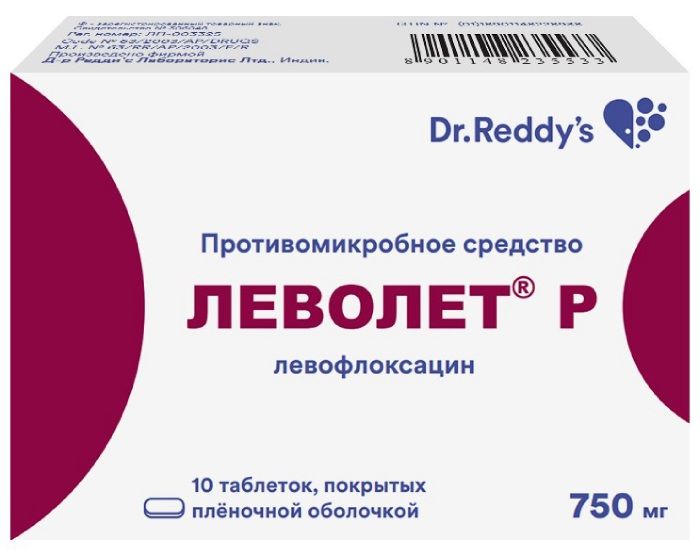
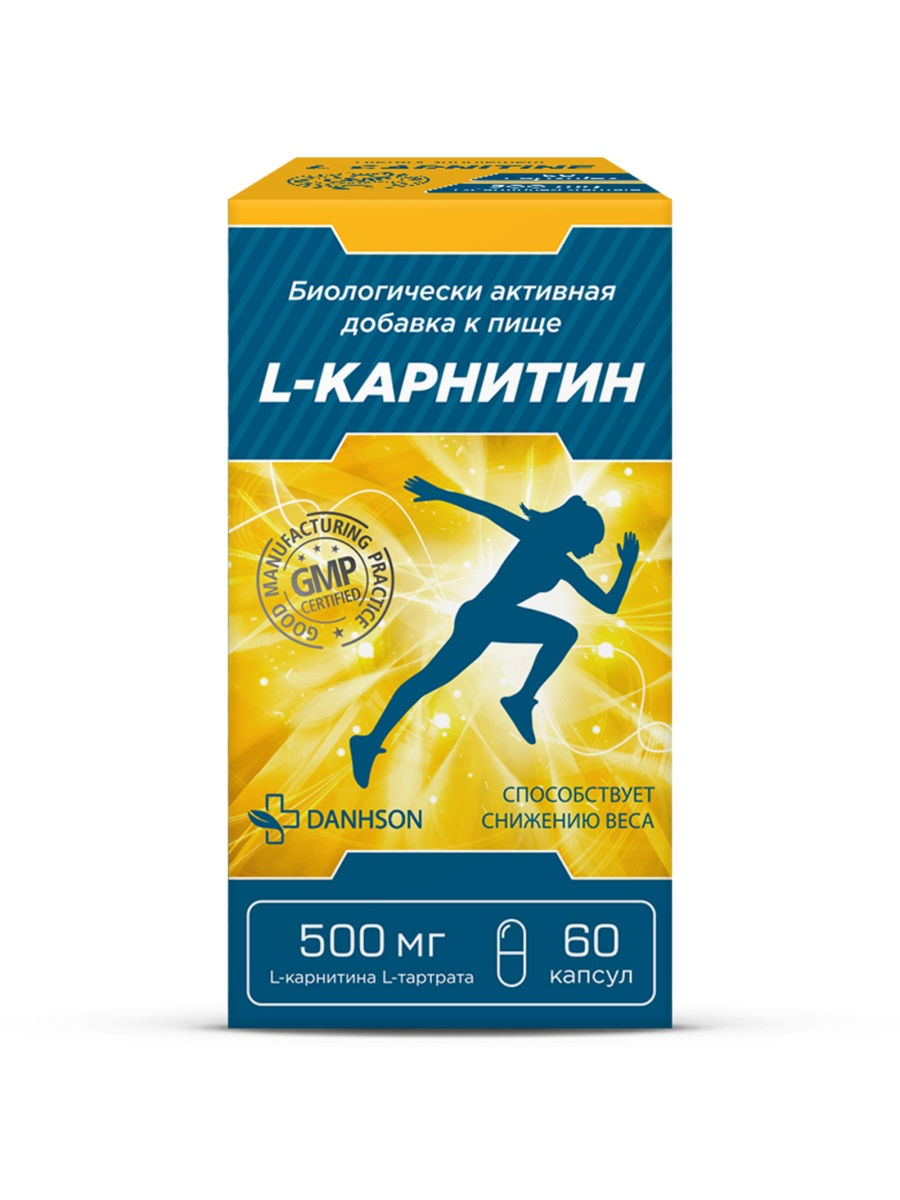
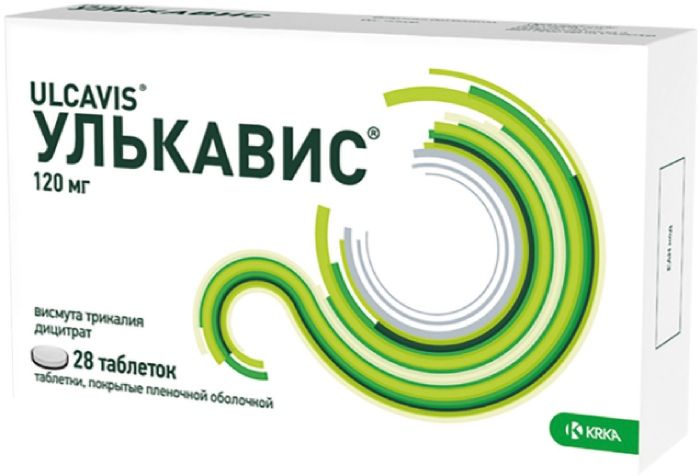

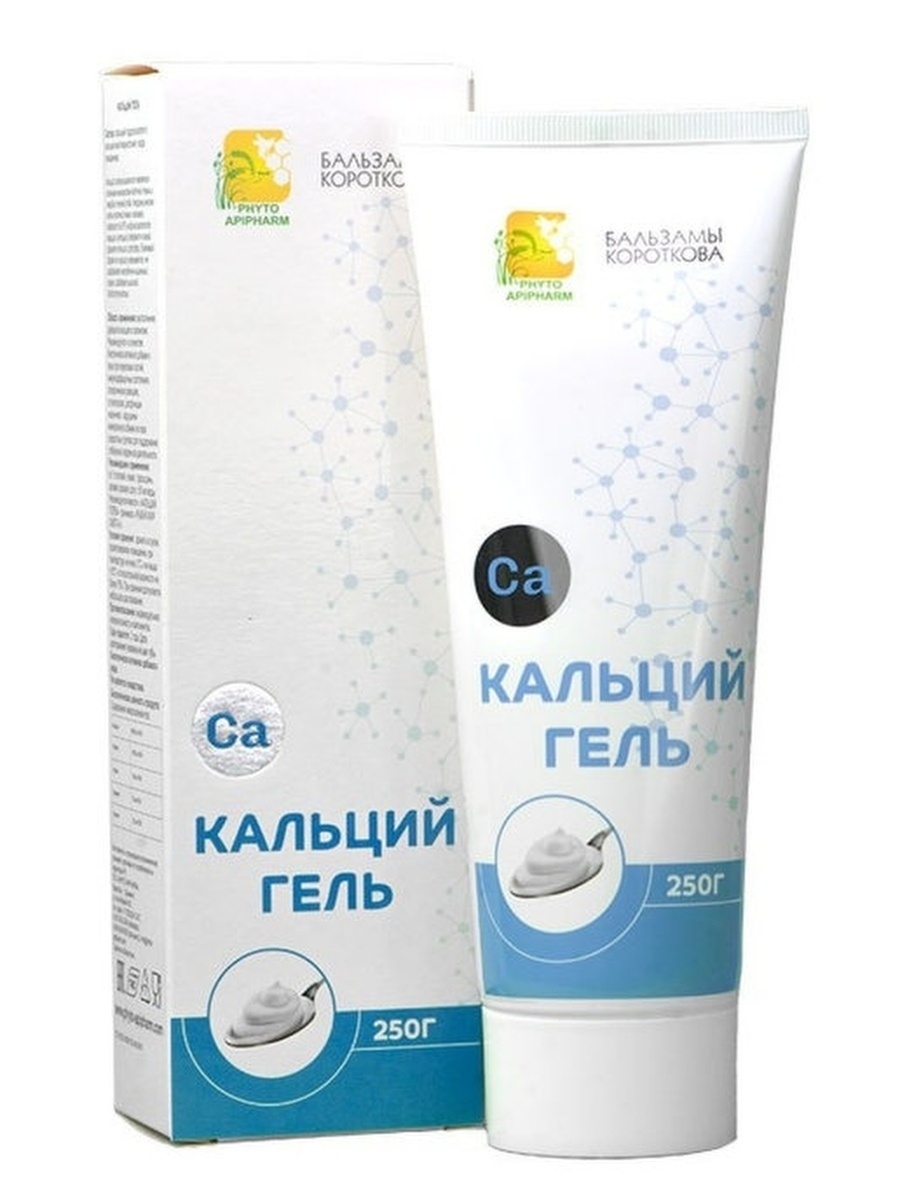
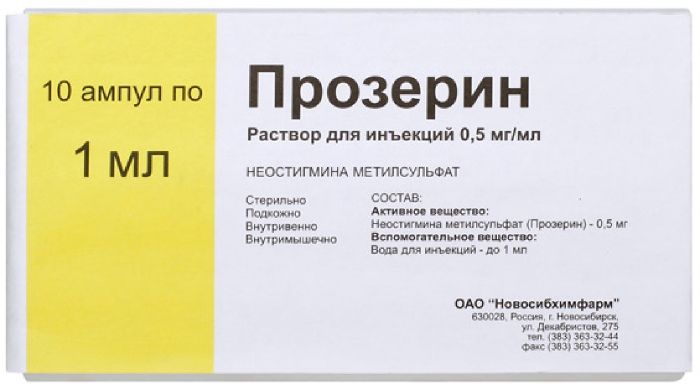





There are no reviews yet.